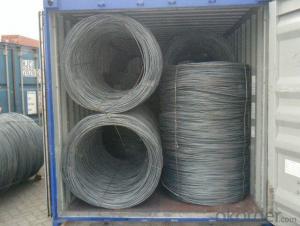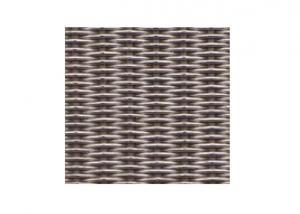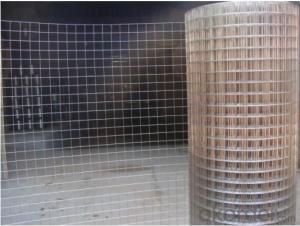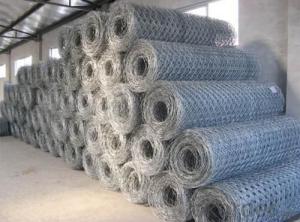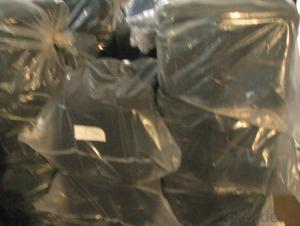Stainless Steel Wire Shelving
Stainless Steel Wire Shelving Related Searches
Stainless Steel Wire Shelves Stainless Steel Shelving Shelving Stainless Steel Stainless Steel Shelves Stainless Steel Wall Shelves Shelves Stainless Steel Stainless Steel Wires Stainless Steel Wire Rack Stainless Steel Shelving Unit Stainless Steel Kitchen Shelves Stainless Steel Jewellery Wire Stainless Steel Tie Wire Stainless Steel Wire Grid Stainless Steel Racking Stainless Steel Storage Stainless Steel Wire Basket Stainless Steel Shelves Kitchen Stainless Steel Sheeting Stainless Steel Piping Stainless Steel Wrapping Kitchen Shelves Stainless Steel Wire Mesh Stainless Steel Stainless Steel Tubeing Stainless Steel Refrigeration Stainless Steel Wire Fence Stainless Steel Roofing Stainless Steel Wire Wheel Stainless Steel Enclosures Stainless Steel Furniture Service Van ShelvingStainless Steel Wire Shelving Supplier & Manufacturer from China
Stainless Steel Wire Shelving is a type of shelving system that is made from durable and corrosion-resistant stainless steel wire. These shelves are designed to provide a sturdy and reliable storage solution for various industries, including food processing, pharmaceuticals, and laboratories, where cleanliness and hygiene are paramount.The application and usage scenarios of Stainless Steel Wire Shelving are vast, as they can be utilized in numerous environments. They are commonly found in commercial kitchens, supermarkets, and warehouses, where their open design allows for easy access to stored items and promotes air circulation. Additionally, their resistance to rust and corrosion makes them ideal for use in damp or humid conditions, such as in food preparation areas or outdoor storage facilities.
Okorder.com is a wholesale supplier of Stainless Steel Wire Shelving, boasting a large inventory to cater to the diverse needs of customers. With a commitment to quality and customer satisfaction, Okorder.com ensures that the products they offer meet the highest standards of durability and functionality. By providing a wide range of options, Okorder.com enables businesses to find the perfect Stainless Steel Wire Shelving solution for their specific requirements.
Hot Products








